We travel for many reasons, but one of the biggest pulls for many of us who plan trips far and wide, is to experience what makes a destination unique; what sets it apart and helps define what makes it special. When it comes to Colombia, the country’s rich cultural heritage plays a starring role.
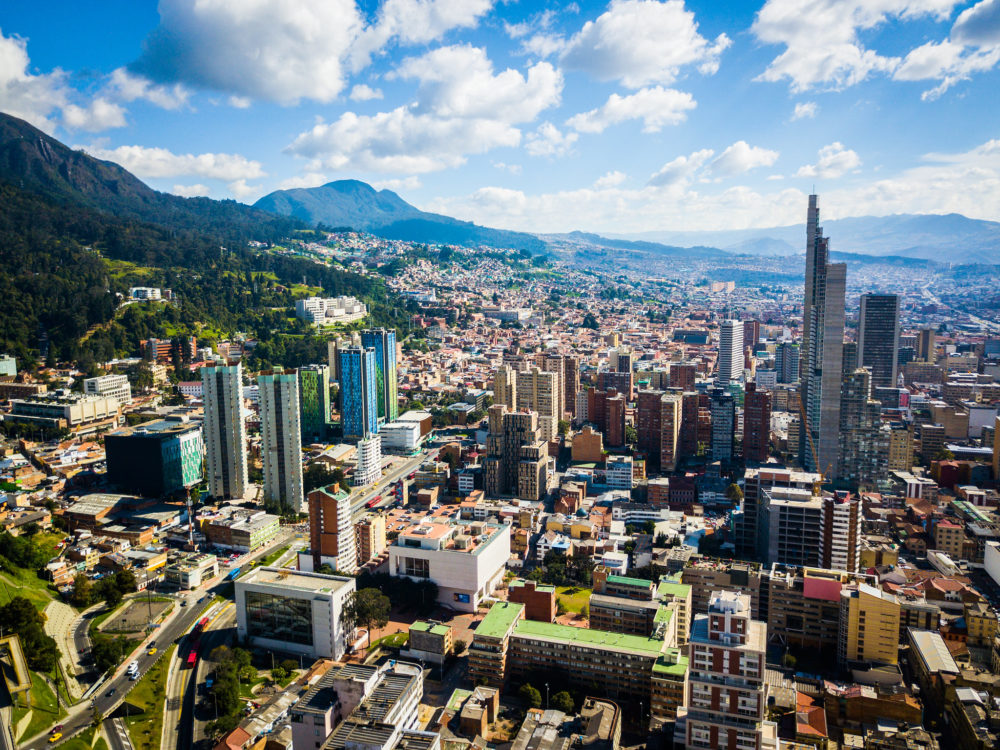
Bogota. Photo by Procolombia
Colombia is a multi-ethnic and diverse country–according to the Colombian Ministry of Culture, there are 65 indigenous languages and two creole languages spoken by afro-descendants, and according to the National Administrative Department of Statistics, there are 87 indigenous peoples. This makes for a vibrant cultural blend just waiting to be discovered.
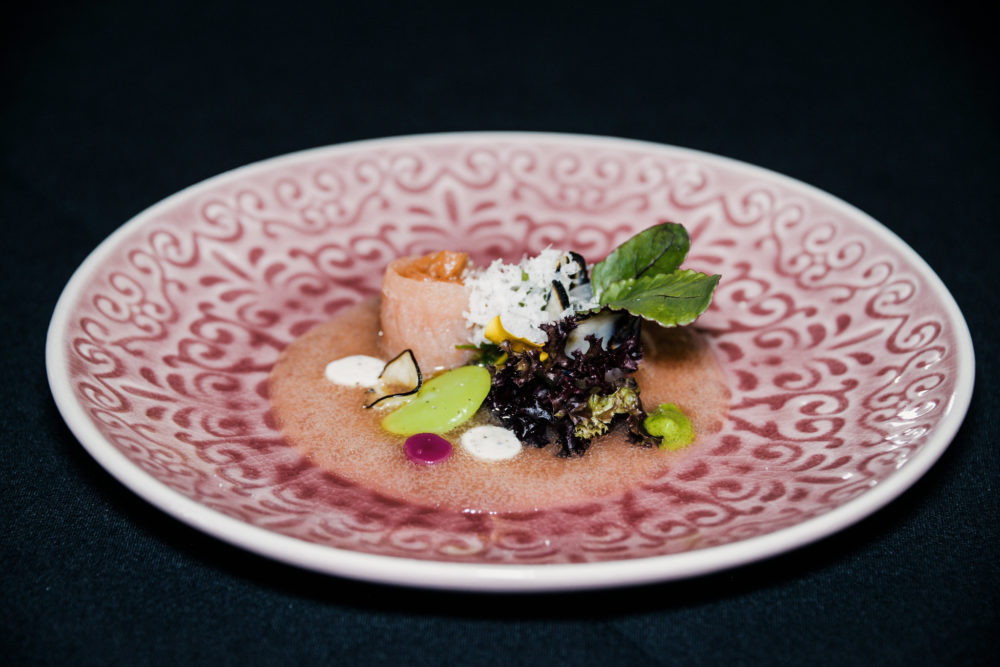
Photo by Procolombia
The country’s history and culture are reflected in its cities, towns, delicious food, abundant fairs and festivals, religion and especially, in its people. Nowhere is this more evident than vast array of popular events, fairs and festivals that happen annually, where Colombians celebrate their identity through music, dance and theater.
As part of the work to recognize Colombia’s many cultural gems, UNESCO has included eight of the country’s traditions in its Intangible Cultural Heritage list, which makes Colombia one of the Latin American countries with the most elements recognized by UNESCO (Mexico and Peru also have eight, and Brazil has five).
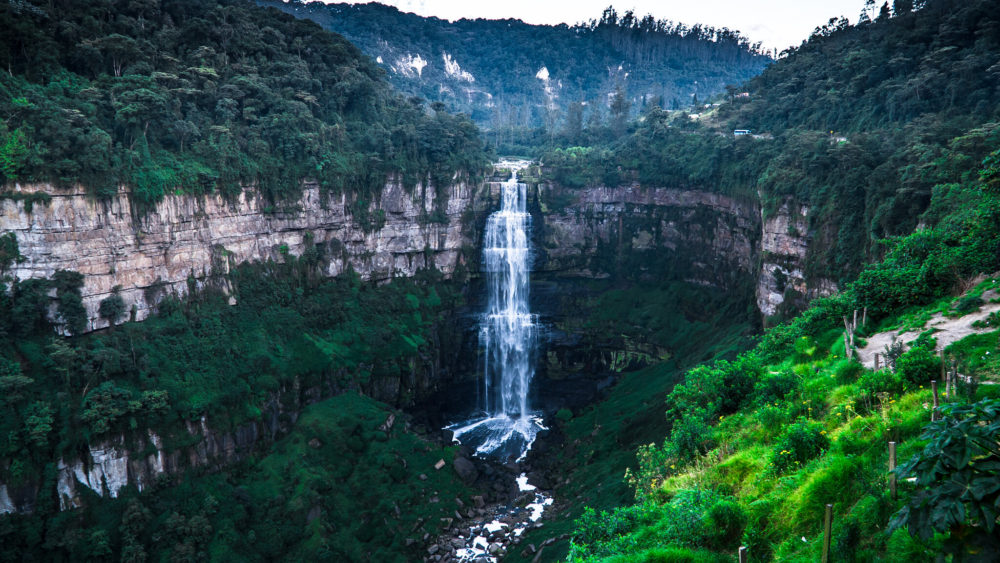
Photo by Procolombia
The Barranquilla Carnival for example, is one of the most important cultural traditions of the Caribbean region with more than a century of history. For four days, the city becomes a massive cultural stage on which different parades with more than 500 folkloric groups regale attendees with traditional costumes and dances of the region. Colombian culture can also be experienced at the Blacks and Whites Carnival in Pasto and the Bogota Theater Festival, as well as the Cali Fair in December wherein for five days, Cali culture and salsa take the spotlight including dance shows by Cali dancers, international salsa champions and even large concerts with famous artists of the genre.
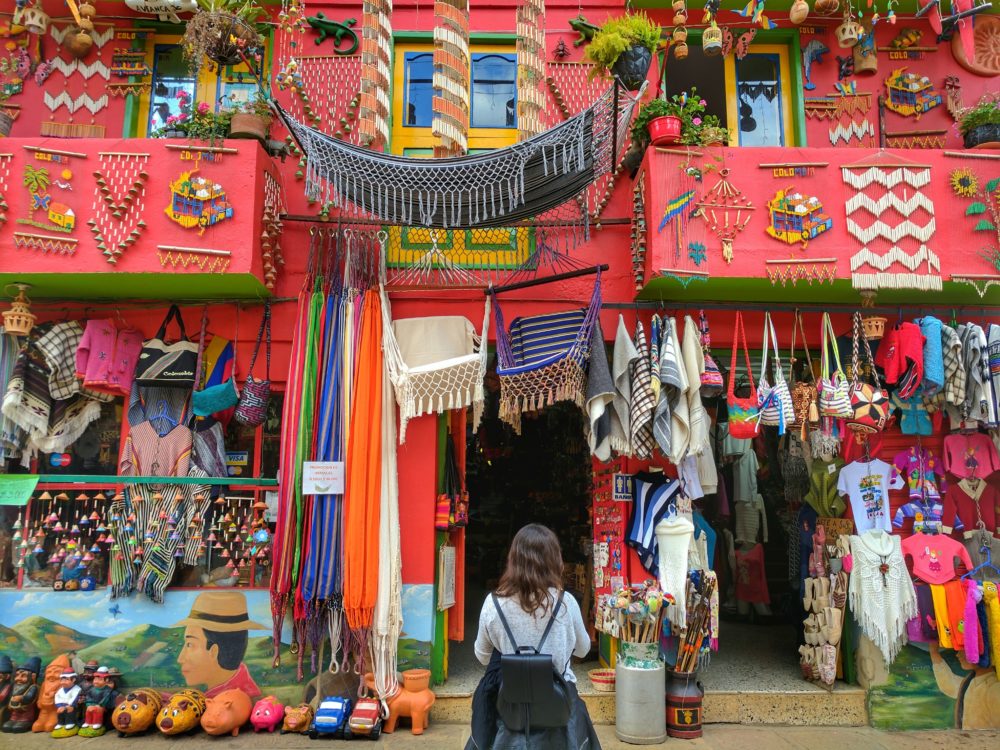
Photo by Michael Barón, Unsplash
Additionally, the country has cities brimming with museums that have important collections, such as the Gold Museum in Bogota with the largest display of gold artifacts in the world–around 34,000 pieces of gold and 20,000 artifacts of pre-Columbian cultures are housed there.
Other significant cultural must-sees include Palenque de San Basilio in Bolivar, famous for being the first place where people were freed from slavery in Latin America, or San Andres de Sotavento in Cordoba, the birthplace of the sombrero vueltiao, a hat that has become a Colombian icon around the world.
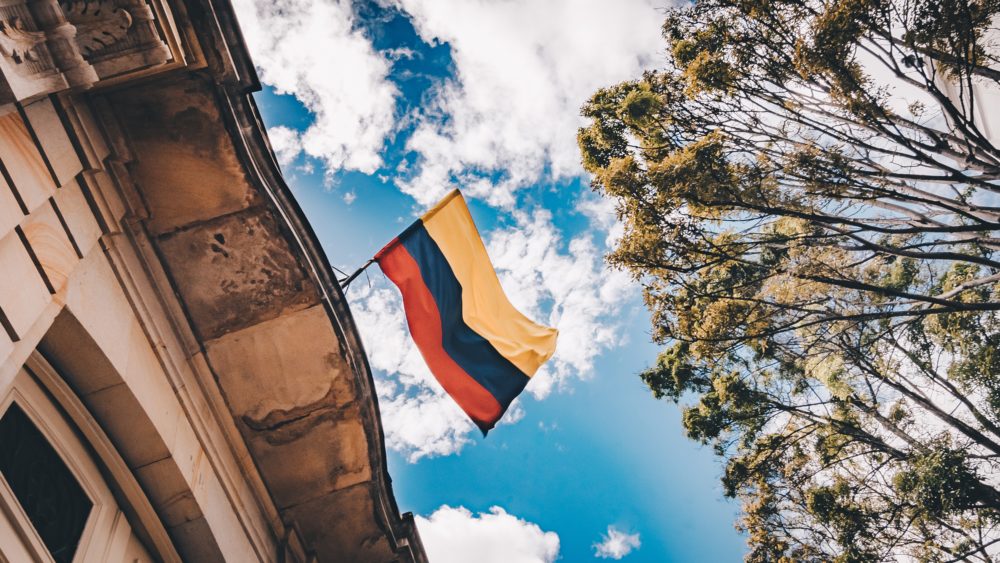
Photo by Flavia Carpio, Unsplash
No matter which region of Colombia you visit, there will be no shortage of ways to immerse yourself in the country’s rich cultural heritage, from exciting festivals and events, to world-renowned museums, must-see landmarks and impressive architecture.
Sponsored Content
Latest posts by Sponsored Content (see all)
- Discovering the Magic of Mexico’s Caribbean Coast in Quintana Roo - April 27, 2023
- Expect the Unexpected at Luxury Mayan Riviera Resort Andaz Mayakoba - November 10, 2022
- Fairmont Mayakoba’s New Beach Club Maykana Takes Seaside Relaxation to a New Level - November 10, 2022
- 6 Reasons to Discover Lesser-Known Puerto Penasco in Mexico - November 10, 2022
- On Our Radar: The El Cid Family of Resorts in Mexico - November 10, 2022






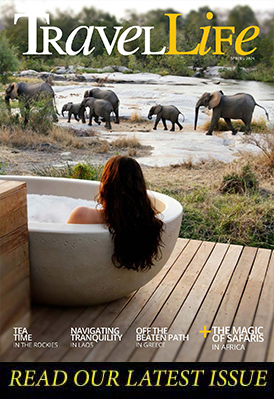
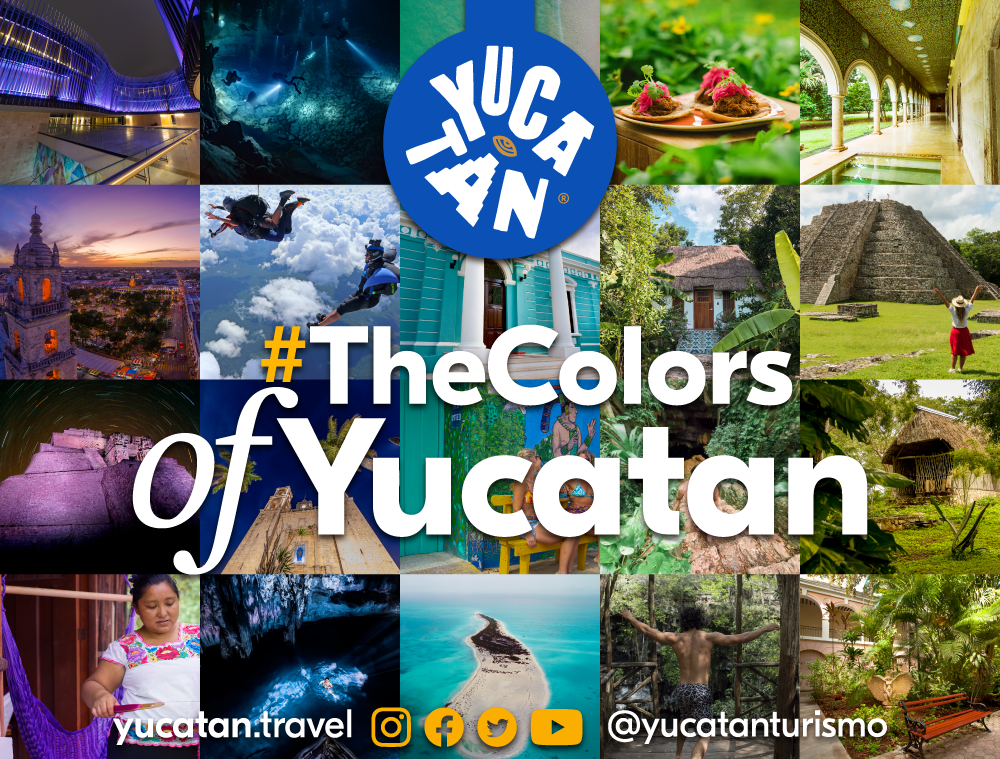
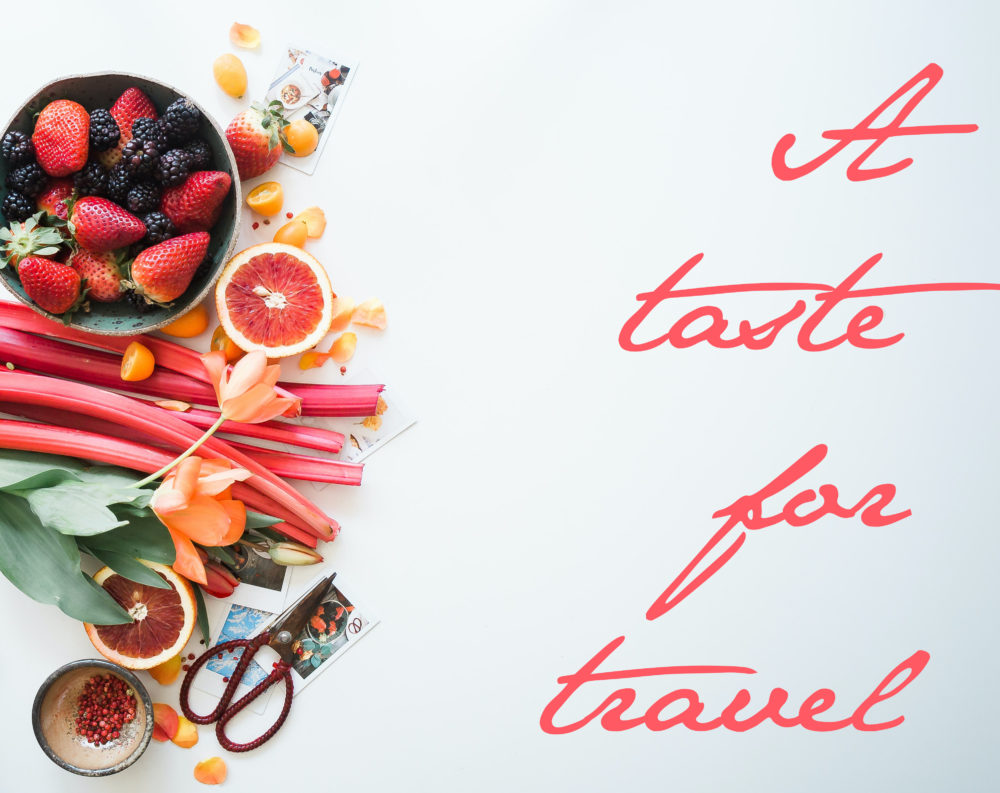

No Responses to “Colombia: A Feast of Cultural Riches”